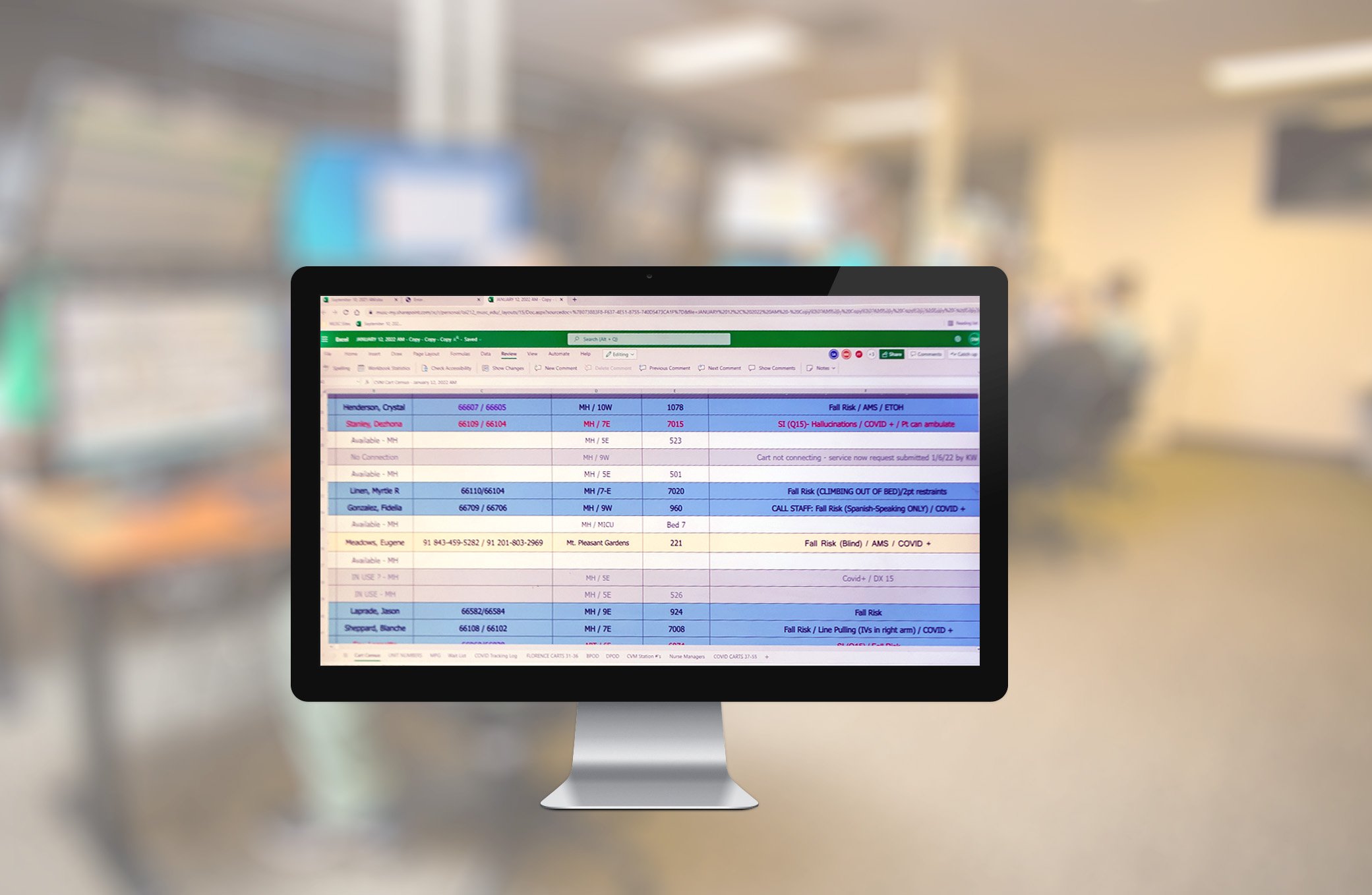Discover the Power of Remote Individual Checking Modern Technology

Benefits of Remote Person Monitoring
What are the crucial benefits of using remote individual tracking modern technology in healthcare settings? Remote client monitoring modern technology supplies numerous advantages that can considerably improve person end results and medical care performance. One of the primary benefits is the ability to constantly keep an eye on patients' important indicators and wellness metrics from their very own homes (best remote patient monitoring software). This real-time information enables doctor to find any type of possible problems early, leading to timely treatments and preventing unneeded hospitalizations.
Additionally, remote client tracking enhances patient involvement and encourages people to take an active function in managing their health. People can get personalized responses, education, and support based on their particular health and wellness data, leading to better adherence to therapy strategies and enhanced overall wellness.

How Remote Monitoring Functions
Remote surveillance modern technology in healthcare involves making use of digital tools to accumulate and track person data remotely. These devices, such as wearable sensors, mobile applications, and linked clinical devices, constantly keep an eye on essential signs, signs, and other health and wellness indicators. The collected data is then sent safely to doctor in real-time or at scheduled intervals.
The procedure of remote tracking begins with the configuration of the monitoring device, which is customized to the specific wellness requirements of the client. Individuals are typically instructed on how to use the devices correctly and are assisted on the regularity of data transmission. As the tools track different health metrics, they create useful understandings that assist health care experts assess the client's condition, discover any type of concerning trends, and make informed choices regarding their treatment plan.
Remote tracking innovation operates via secure information networks and cloud-based systems, making sure the discretion and integrity of individual details. This seamless flow of data allows timely treatments, customized treatment, and enhanced health results for people, particularly those with chronic problems or in requirement of normal monitoring.
Improving Patient Engagement
Provided the foundational function that remote monitoring technology plays in health care, enhancing patient interaction is vital to enhancing the benefits of this cutting-edge approach to care. By actively including individuals in their own health management, remote patient tracking promotes a sense of empowerment and obligation.
Moreover, remote patient surveillance promotes regular communication in between individuals and health care groups, permitting prompt interventions and individualized treatment plans. Engaging individuals with educational resources, personalized feedback, and interactive devices further motivates them to follow therapy procedures and adopt healthier way of living selections. Ultimately, by advertising individual interaction, remote surveillance innovation improves the quality of treatment, enhances wellness results, and reinforces the patient-provider connection in a dynamic and patient-centered way.
Enhancing Healthcare Effectiveness
Efficient healthcare shipment pivots on the seamless integration of remote individual monitoring innovation with existing care systems and operations. By integrating remote individual monitoring tools, doctor can improve processes, optimize resource appropriation, and boost overall efficiency in providing care.
One secret facet where remote this website patient monitoring technology enhances performance remains in reducing unnecessary health center check outs. With real-time surveillance of patient vitals and signs and symptoms from their homes, doctor can step in proactively, preventing complications and minimizing the worry on emergency situation divisions. Furthermore, remote monitoring permits early discovery of wellness degeneration, avoiding and enabling timely treatments health center readmissions.
In addition, remote person monitoring innovation enables constant information collection, resulting in even more personalized and targeted treatment strategies. This data-driven method aids health care experts make informed decisions, focus on risky clients, and allot sources effectively. By incorporating remote tracking technology into existing healthcare systems, providers can enhance client end results, improve functional effectiveness, and ultimately, supply higher high quality treatment.
Future Trends in Remote Surveillance

Another crucial fad is the development of wearable devices and sensors for continuous wellness tracking. Wearables like smartwatches, physical fitness trackers, and medical-grade gadgets can track important signs, task degrees, and medicine adherence, offering a detailed photo of a person's health outside traditional clinical settings.
Additionally, the fostering of telehealth solutions is projected to raise, facilitating remote appointments, tracking, and follow-ups. Telehealth not just improves access to take care of individuals in remote locations however likewise minimizes medical care expenses and improves general individual results. As these trends remain to progress, remote client tracking is readied to play a critical function in the future of medical care shipment, promoting positive, personalized, and efficient person care.
Verdict
In conclusion, remote person tracking innovation offers many advantages such as improved individual engagement, enhanced medical care efficiency, and potential for future fads in medical care. This technology enables for continual tracking of patients outside of traditional healthcare setups, leading to far better health end results and minimized healthcare prices - remote patient monitoring software. As remote monitoring remains to develop, it has the potential to reinvent the way health care is delivered and enhance the overall top quality of individual care
Remote person surveillance technology uses many advantages that can significantly boost client end results and health care effectiveness. By actively helpful resources including clients in their own wellness management, remote person tracking promotes a feeling of empowerment and responsibility.In addition, remote client monitoring promotes routine communication between clients and healthcare groups, allowing for punctual treatments and personalized treatment plans. As these trends continue to evolve, remote person monitoring is established to play a critical role in the future of medical care delivery, advertising proactive, tailored, and effective patient treatment.
In final thought, remote person surveillance technology uses countless benefits such as enhanced patient involvement, enhanced medical care performance, and possibility for future trends in healthcare.